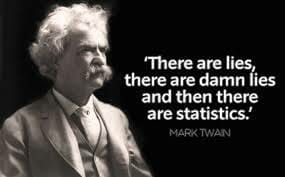Does your nonprofit organization want to be known and respected? Why, and by whom?
The answer may vary by country–and how you answer determines how you should communicate with your supporters.
Australian not for profits…
I recently spoke with Chris Gandy, a colleague and the founder of the Australian consulting firm Cause and Effective. In Australia, it is common for not-for-profits to compete to receive funding from the government. Few of these organizations obtain a significant portion of their budget by fundraising from the public.
That means that content marketing in Australia is aimed at a very specific audience. The people that our friends Down Under want to impress with their organizations’ expertise are what we in the U.S. would call bureaucrats. This audience expects subject-matter knowledge, well-substantiated claims, and detailed evidence that taxpayer money will be spent appropriately.
…vs. U.S. nonprofits
In the U.S., government is still the biggest source of funds for nonprofits, but its share is declining. Over the last dozen years, I have seen nonprofits increasingly market themselves to donors, community-minded businesses, and philanthropic foundations.
These givers ask first, “What difference do you make?”, and only then, “How much do you know?” And the rule of thumb in the U.S. is to win hearts first. Once people want to support you, they will look for reasons to do it–and by providing those reasons, you clinch the deal.
Of course, it’s not a simple binary choice. Bureaucrats have hearts, and donors have heads. But for your agency, getting the balance between the two right is crucial for your fundraising success.
At your nonprofit organization, are you more American or Australian? Which is more important to you: your organization’s prestige in your field, or your brand loyalty among your supporters?



